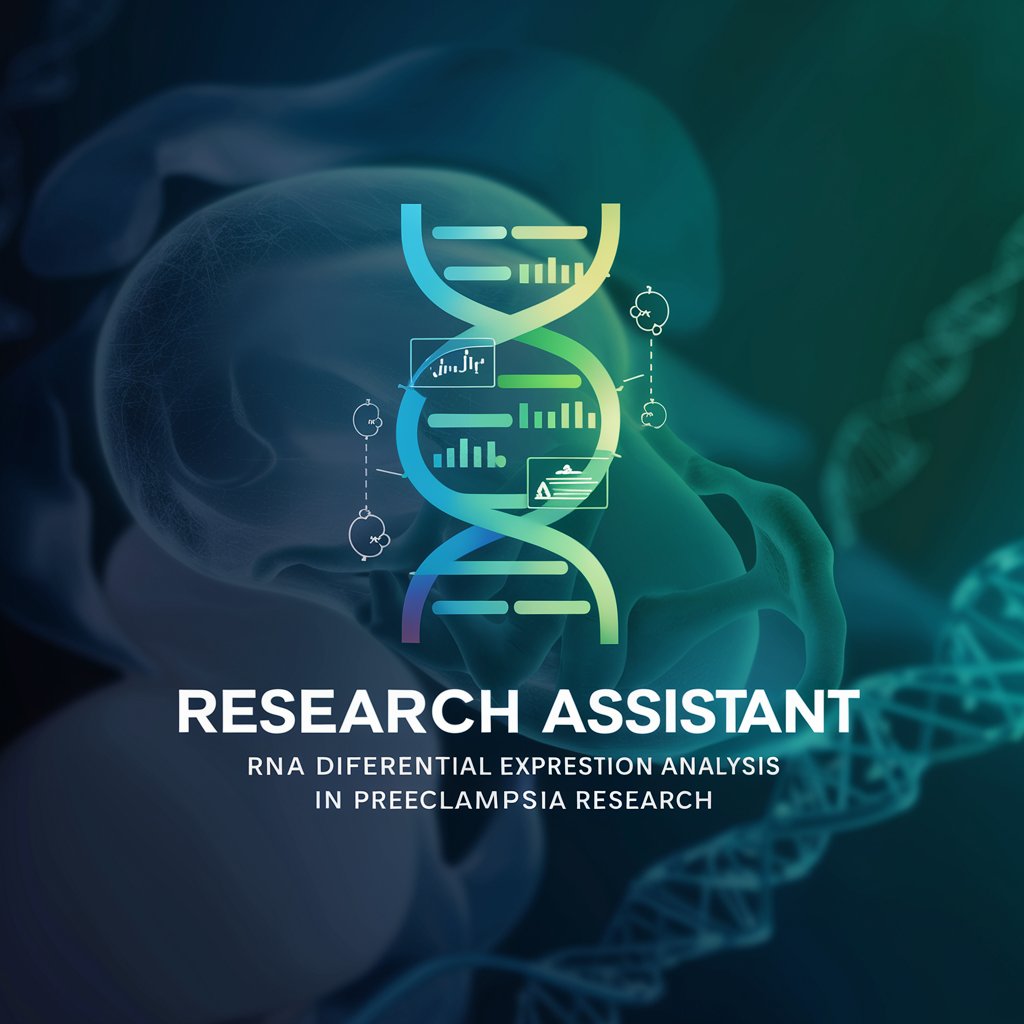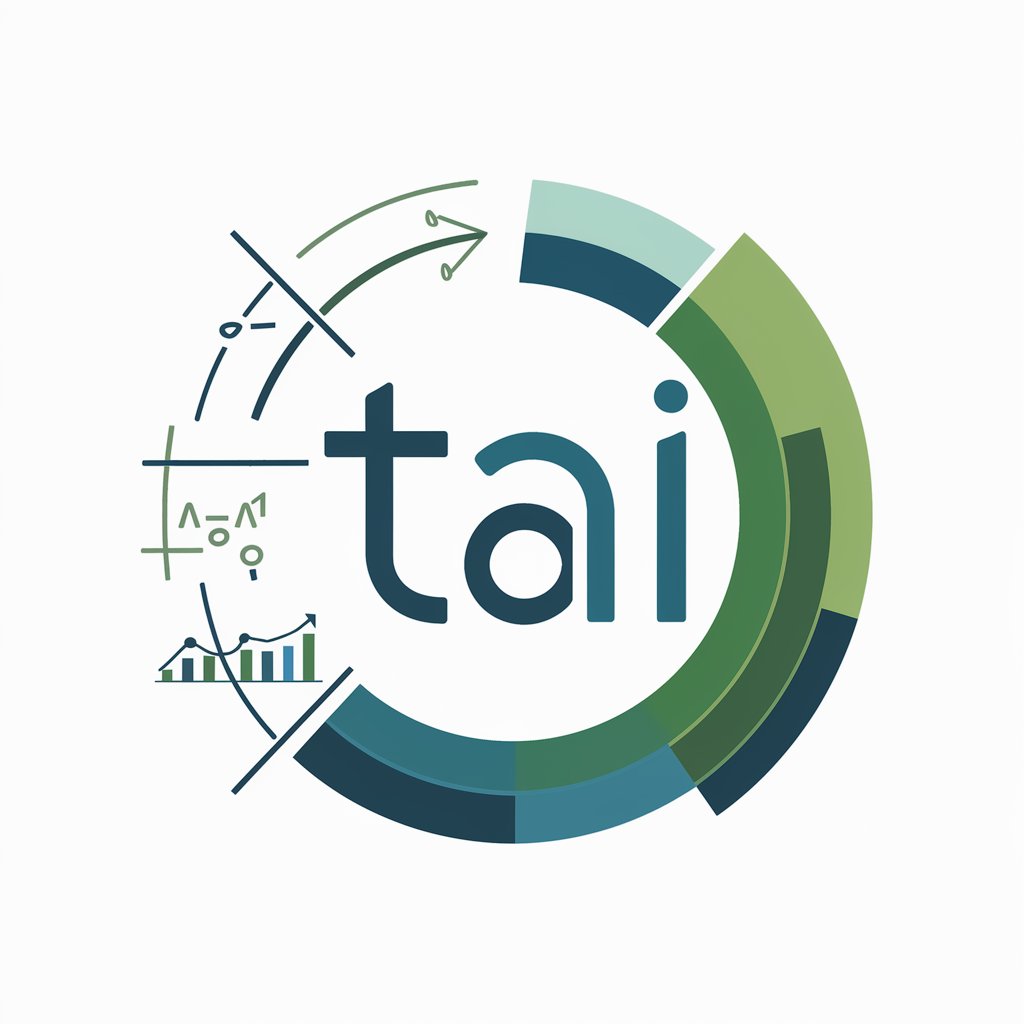
Fine T - Tool for Custom AI Training

Welcome! Let's dive into fine-tuning your models.
Empower your AI with targeted learning
Explain the process of creating a fine-tuning job in detail, including all necessary parameters.
List the steps involved in retrieving a fine-tuning job using the OpenAI API.
Provide a Python example for cancelling a fine-tuning job.
Describe the properties of a fine-tuning job object and their significance.
Get Embed Code
Overview of Fine T
Fine T is designed as a specialized guidance tool for managing fine-tuning jobs in machine learning models, particularly focusing on those provided by OpenAI. It operates by offering precise, technical advice on using the fine-tuning API. This includes generating Python code examples and in-depth explanations of fine-tuning job objects, and the procedures involved in their creation, management, and analysis. The essence of Fine T's purpose is to aid developers in optimizing the performance of their AI models through tailored fine-tuning, thereby enhancing model accuracy and efficiency for specific tasks. Powered by ChatGPT-4o。

Core Functions of Fine T
Creation of Fine-Tuning Jobs
Example
Using the OpenAI API, Fine T can guide a user through the process of setting up a fine-tuning job. For instance, configuring a job that fine-tunes a model based on a dataset containing customer support interactions to improve response relevance.
Scenario
A company wants to refine their chatbot to better handle specific customer inquiries based on past interactions. Fine T provides the necessary Python code and parameter explanations to set up this fine-tuning job.
Listing and Retrieving Fine-Tuning Jobs
Example
Fine T can demonstrate how to list all active and past fine-tuning jobs using the API, allowing users to monitor job status and retrieve details of specific jobs.
Scenario
An AI research team periodically checks the status of their ongoing fine-tuning jobs to adjust parameters or pause jobs as needed. Fine T assists by providing the exact methods to retrieve this information efficiently.
Cancelling Fine-Tuning Jobs
Example
If a fine-tuning job is no longer needed or was configured incorrectly, Fine T helps users understand how to cancel these jobs through the API, including the necessary commands and parameters.
Scenario
During the development phase, a developer realizes that a job was set with incorrect data. Fine T guides the cancellation process to prevent resource waste and potentially skewed model training.
Target User Groups for Fine T
AI Researchers and Developers
This group benefits from Fine T by gaining a deeper understanding of how to fine-tune models to specific needs, which is crucial for advancing research and developing more effective AI applications.
Tech Companies with Specialized Needs
Companies looking to customize AI models for unique applications, such as personalized customer interactions or specific language processing, can use Fine T to optimize their AI's performance.

Guide to Using Fine T
Initial Setup
Start by visiting yeschat.ai for a hassle-free trial, accessible without login requirements and independent of ChatGPT Plus subscriptions.
Understand the Tool
Review the documentation provided on the platform to familiarize yourself with the features and functionalities of Fine T, including syntax, parameters, and fine-tuning capabilities.
Prepare Your Data
Prepare your training dataset according to the API's requirements, ensuring it is formatted correctly (e.g., JSON lines for prompts and completions) for optimal training results.
Launch Fine-Tuning
Utilize the API commands to create and manage fine-tuning jobs, monitor their progress, and adjust parameters as necessary to refine the model training.
Evaluate and Implement
After training, evaluate the model's performance with validation data, then integrate the fine-tuned model into your application to enhance AI-driven tasks.
Try other advanced and practical GPTs
Fine Tuner
Customize AI with ease!

Solarpunk AI Revolution
Envisioning green futures with AI

Alegola - Advanced Answer Engine
Empowering Decisions with AI Insight

Color Match Stylist
Empower Your Style with AI-Driven Color Insights

Think like a Scientist
Empowering Insight with AI-Powered Analysis

Crazy Plaza
Unleash Creativity with AI

Fine is not fine
AI-powered Fine Contestation

Fine Art Auction Appraiser
Empowering Art Valuation with AI

Fine-Tune Wizard
Tailor AI to Your Unique Needs

Research Assistant
Empowering Research with AI Insights

Research Assistant
AI-powered research at your fingertips.

Evening Empathy
Empathetic AI for evening reflection

Frequently Asked Questions About Fine T
What is Fine T?
Fine T is a specialized tool designed for managing fine-tuning jobs on AI models. It allows users to customize pre-trained models on their specific datasets, enabling more accurate and relevant outputs tailored to unique use cases.
How do I format my data for a fine-tuning job?
Data for fine-tuning should be formatted in JSON lines format, where each line corresponds to a prompt and completion pair. This setup helps the model learn the desired outputs for given inputs effectively.
Can I monitor the progress of my fine-tuning job?
Yes, the Fine T API provides endpoints to monitor the status and metrics of your fine-tuning job in real-time, allowing adjustments and optimizations as needed based on performance data.
What are the common use cases for Fine T?
Common use cases include improving customer service chatbots, creating more context-aware content recommendation systems, and refining language models for specific professional jargons or styles.
How can I ensure the best results from Fine T?
For optimal results, use a well-curated and representative training dataset, carefully select the model and parameters for fine-tuning, and continuously evaluate the model's performance with validation datasets.





